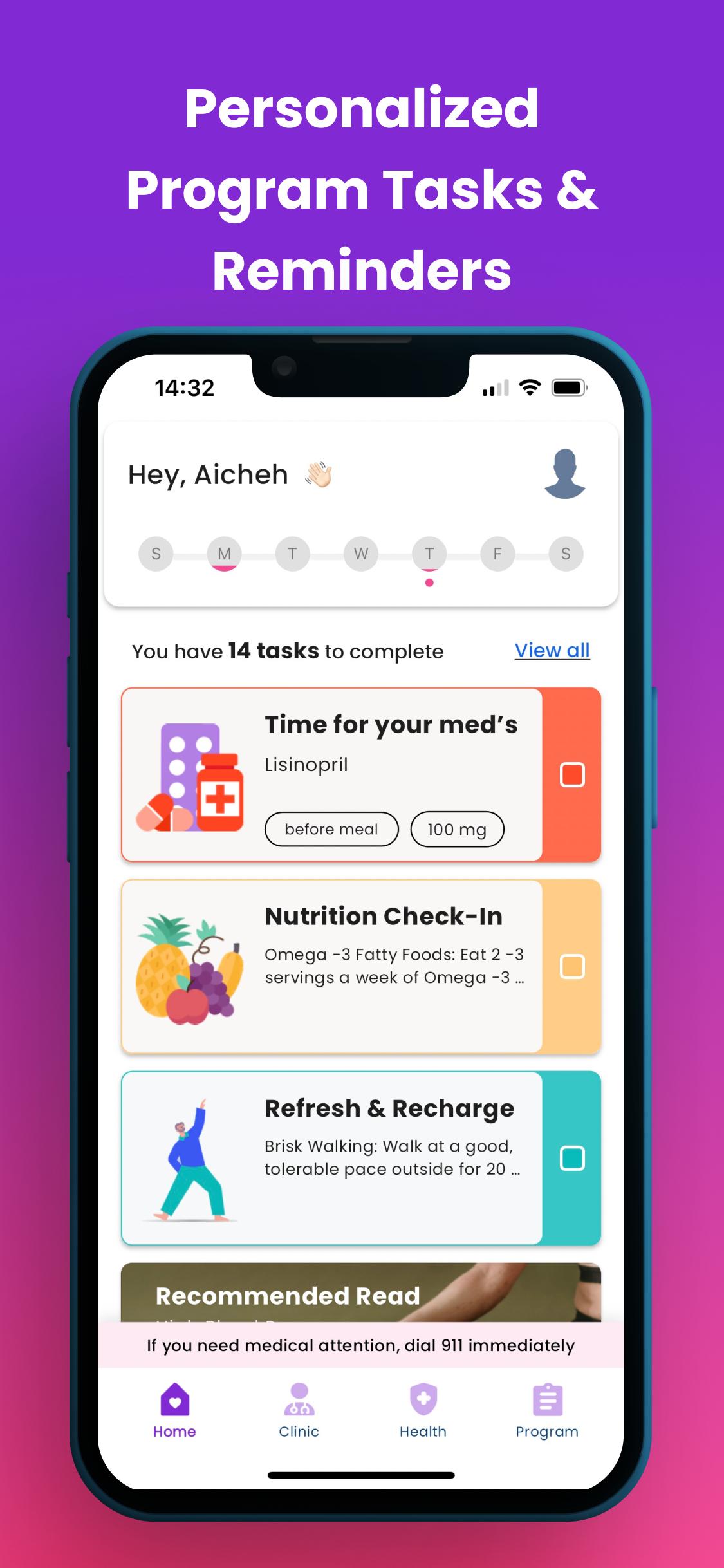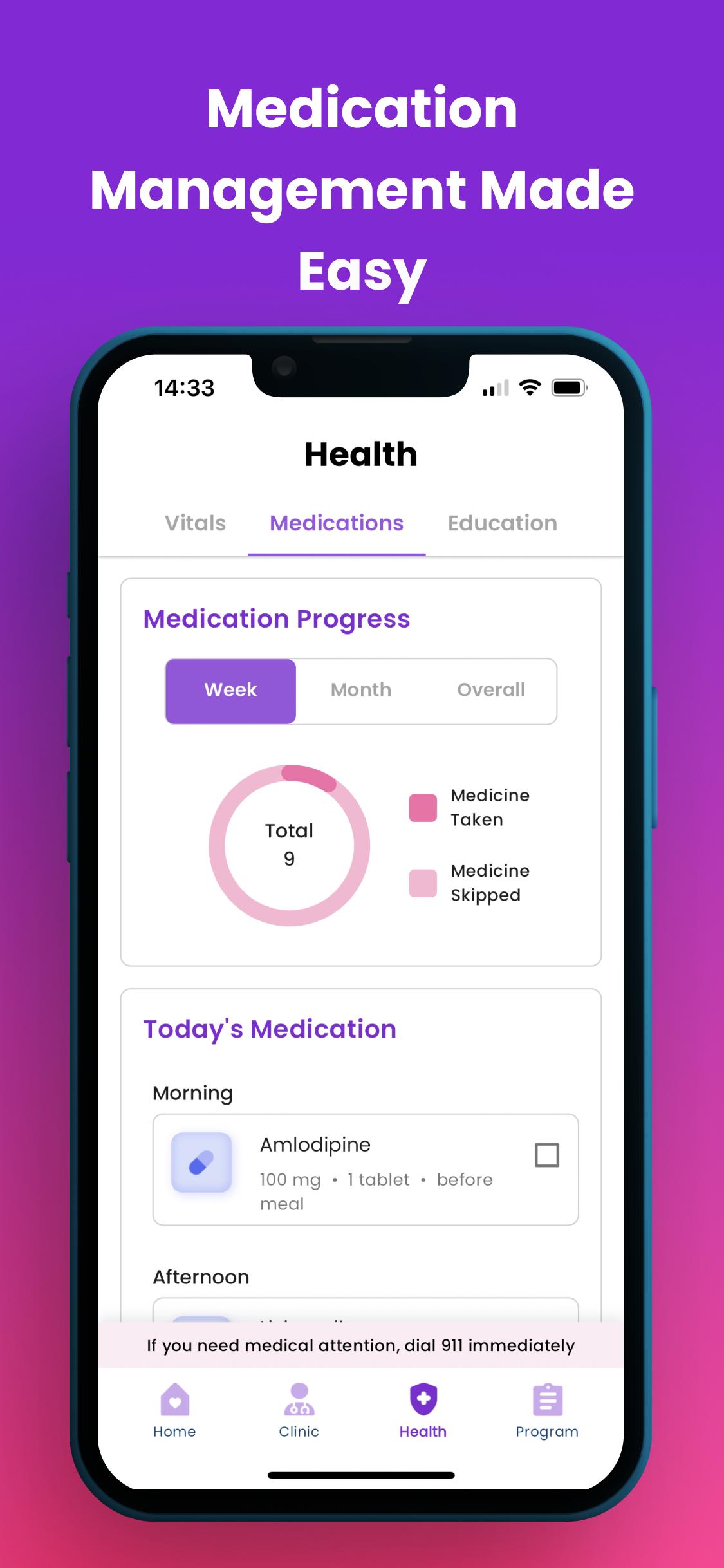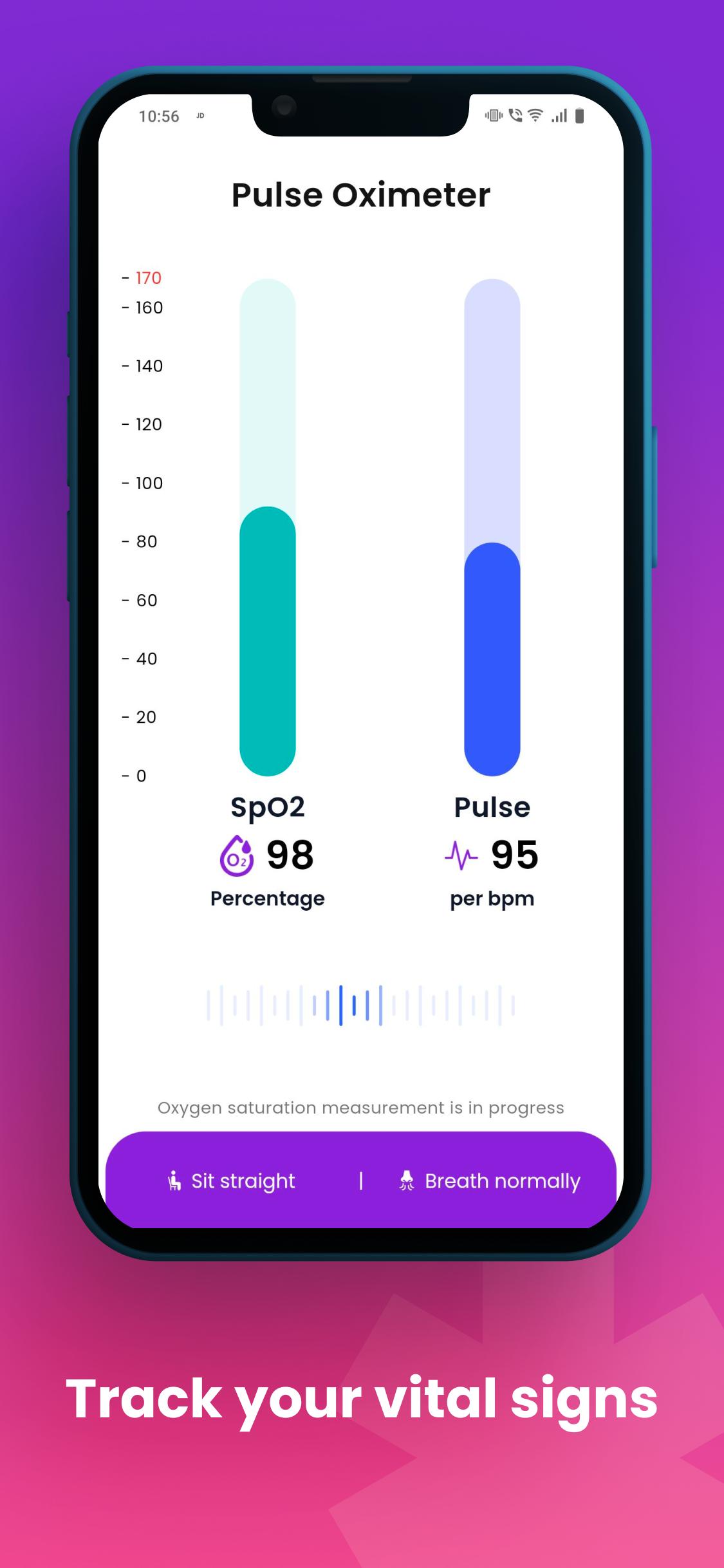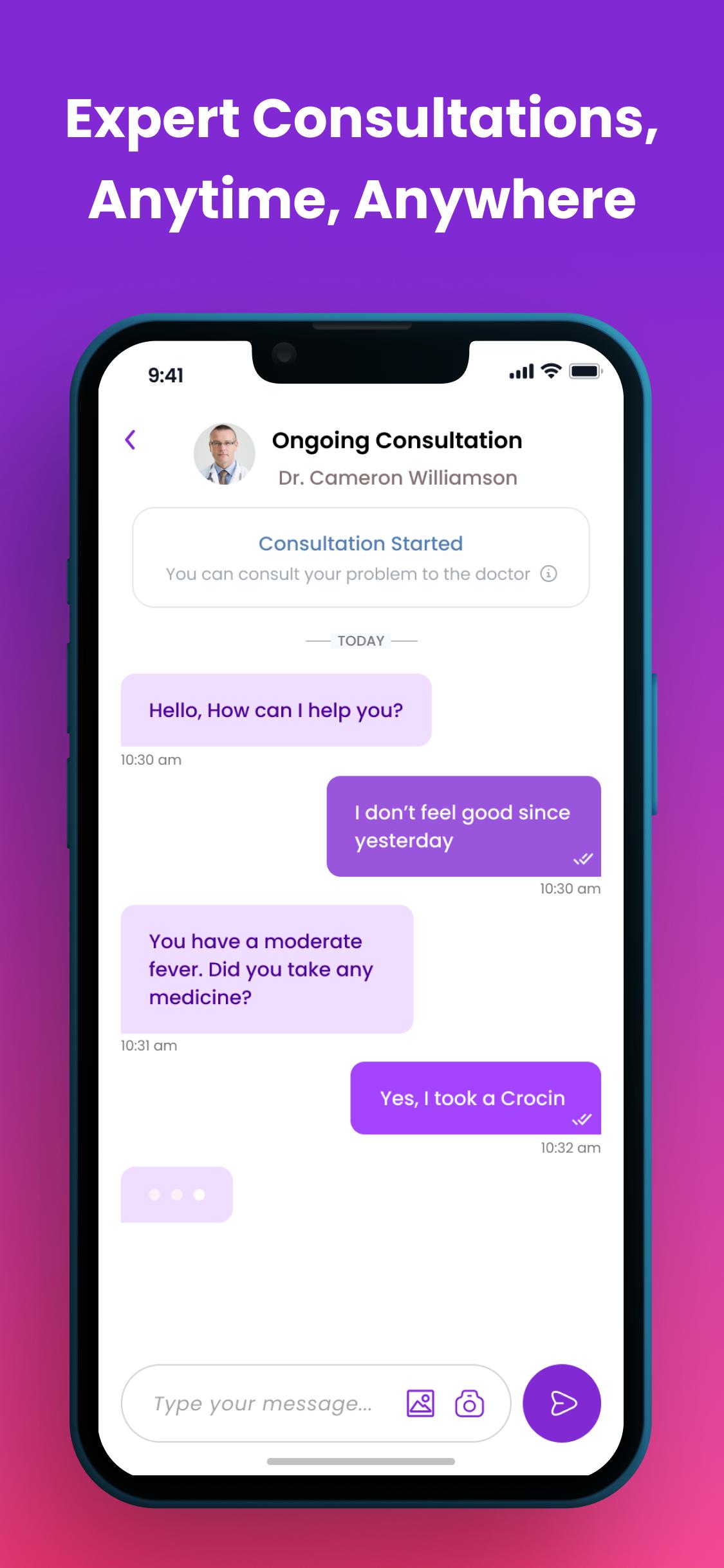HBox app helps healthcare providers compete in a virtual-first world.
Securely monitor your health vitals such as blood pressure, weight, and glucose levels. Manage your condition with personalized care plans, medication reminders, and direct communication with your healthcare providers. Connect seamlessly with your clinic, schedule appointments, and conduct virtual visits. Gain valuable insights and track trends based on your health data, empowering you to take proactive steps towards better health. Take control of your health journey today!
What's New in the Latest Version 1.1.7
Last updated on Jul 9, 2024
Bug fixes and improvements
HBox: A Comprehensive OverviewHBox is an acronym for "horizontal box," a term used in the world of web design and layout. It refers to a container element that arranges its child elements horizontally, one after the other, in a single line.
Usage and Benefits
HBox is widely used in web development to create layouts with a horizontal flow. It allows developers to align elements side-by-side, creating a clean and organized structure. HBox provides several benefits, including:
* Horizontal Alignment: Ensures that all child elements are aligned horizontally, making it easy to create layouts with consistent spacing.
* Flexibility: Allows developers to easily adjust the width and height of the HBox and its child elements to fit different screen sizes and resolutions.
* Responsive Design: Supports responsive design, enabling layouts to adapt seamlessly to various devices and orientations.
* Cross-Platform Compatibility: Works consistently across different browsers and operating systems, ensuring a consistent user experience.
Implementation
In HTML, an HBox is typically implemented using the "div" element with the "display: flex" and "flex-direction: row" properties. The "flex-direction" property specifies the horizontal orientation. Child elements are added within the HBox and their widths can be adjusted using the "flex" property.
Examples
Consider the following HTML code:
```html
```
In this example, the "hbox" class defines an HBox with three child elements. The "Item 1," "Item 2," and "Item 3" will be arranged horizontally, one after the other.
Variations
There are several variations of HBox, including:
* VBox (Vertical Box): Arranges child elements vertically, one above the other.
* Grid: Arranges child elements in a grid layout, with rows and columns.
* Flexbox: A more advanced layout system that provides greater flexibility and control over the positioning and sizing of child elements.
Conclusion
HBox is a fundamental element in web design, providing a simple and effective way to create horizontal layouts. Its flexibility, responsiveness, and cross-platform compatibility make it a valuable tool for developers. By understanding its usage and implementation, developers can create well-structured and visually appealing web applications.
HBox app helps healthcare providers compete in a virtual-first world.
Securely monitor your health vitals such as blood pressure, weight, and glucose levels. Manage your condition with personalized care plans, medication reminders, and direct communication with your healthcare providers. Connect seamlessly with your clinic, schedule appointments, and conduct virtual visits. Gain valuable insights and track trends based on your health data, empowering you to take proactive steps towards better health. Take control of your health journey today!
What's New in the Latest Version 1.1.7
Last updated on Jul 9, 2024
Bug fixes and improvements
HBox: A Comprehensive OverviewHBox is an acronym for "horizontal box," a term used in the world of web design and layout. It refers to a container element that arranges its child elements horizontally, one after the other, in a single line.
Usage and Benefits
HBox is widely used in web development to create layouts with a horizontal flow. It allows developers to align elements side-by-side, creating a clean and organized structure. HBox provides several benefits, including:
* Horizontal Alignment: Ensures that all child elements are aligned horizontally, making it easy to create layouts with consistent spacing.
* Flexibility: Allows developers to easily adjust the width and height of the HBox and its child elements to fit different screen sizes and resolutions.
* Responsive Design: Supports responsive design, enabling layouts to adapt seamlessly to various devices and orientations.
* Cross-Platform Compatibility: Works consistently across different browsers and operating systems, ensuring a consistent user experience.
Implementation
In HTML, an HBox is typically implemented using the "div" element with the "display: flex" and "flex-direction: row" properties. The "flex-direction" property specifies the horizontal orientation. Child elements are added within the HBox and their widths can be adjusted using the "flex" property.
Examples
Consider the following HTML code:
```html
```
In this example, the "hbox" class defines an HBox with three child elements. The "Item 1," "Item 2," and "Item 3" will be arranged horizontally, one after the other.
Variations
There are several variations of HBox, including:
* VBox (Vertical Box): Arranges child elements vertically, one above the other.
* Grid: Arranges child elements in a grid layout, with rows and columns.
* Flexbox: A more advanced layout system that provides greater flexibility and control over the positioning and sizing of child elements.
Conclusion
HBox is a fundamental element in web design, providing a simple and effective way to create horizontal layouts. Its flexibility, responsiveness, and cross-platform compatibility make it a valuable tool for developers. By understanding its usage and implementation, developers can create well-structured and visually appealing web applications.
















